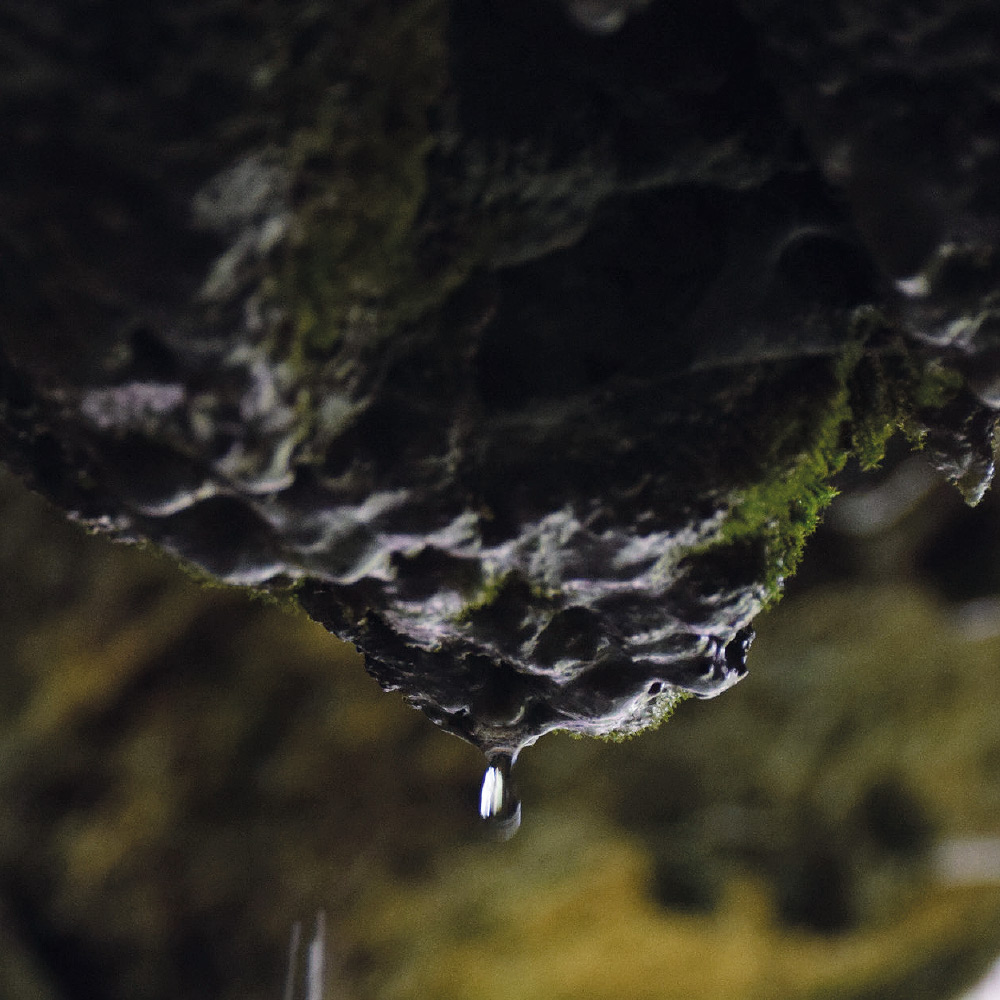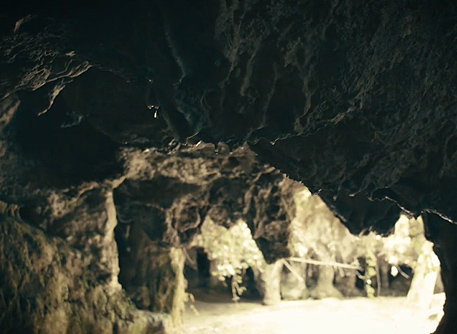Tremusa caverns
The Tremusa caverns represent a suggestive geological testimony from millions of years ago.
To reach them you need to immerse yourself in the beauty of imposing chestnut woods and breath-taking landscapes. Several paths cross the area surrounding the caves and naturalistically worthy itineraries start from Scilla, Melia and Favazzina.
A certain mystery still hangs over the caverns: the name Tremusa itself seems to be originated from “Tre Muse”, three Muses, according to legend, due to the hypothesized presence of three statues representing three women inside the larger cavern, then stolen during raids. Someone else suppose that the caverns were the ancient place where pagan cults were practiced.
Located at 530 meters above sea level, today the caverns are a destination for history and geology enthusiasts. The place is full of charm and offers glimpses of the suggestive cliffs of the Costa Viola overlooking the sea and the Strait of Messina.
The caverns are located among the luxuriant vegetation and the landscape, and they are a mark of the Pleistocene Era 5000 years ago, when these mountains were immersed in the sea depths. The caverns were formed as a result of the mechanical action of the water which, by eroding the less resistant layers, gave rise to the large and small cavities that characterize today the caverns.
The Tremusa caverns are still active today; in fact, you can observe inside them the drops of water that, very slowly, will allow the growth of the already existing stalactites and stalagmites.
Among stalactites, stalagmites, columns and calcite concretions that seem sculpted by a master of Gothic art, immersing oneself in the atmosphere of these places becomes a surprising experience.
The cavity of the cavern was fully explored for the first time in 1984 by speleologists from the Speleological Group of the CAI and the Bolognese Speleological Union. Later, many people came to visit the cavern, driven by curiosity and scientific interest.
The entrance has a shape of a semi-circle, with a series of entrances that allow access to the more internal hypogeous sectors. Specifically, the cavern is divided in two separate areas: in the one on the left is possible to proceed initially in an upright position and the other one on the right is a very restricted space. The view is really suggestive: looking up to the cavern you can see big stalactites. On the other hand, especially at the entrance of the space on the right, there are massive and irregular stalagmite colonnades situated in the lower area.
Tectonic rise has led to an outcrop of typical marine sediments. The very well preserved fossil shells present in the rock are the Pecten shells, bivalves belonging to the Phylum of the molluscs, which have begun to inhabit the sandy and muddy sea bottoms more than 500 million years ago.
The Tremusa caverns are a naturalistic paradise, a millenary place with a mysterious and legendary charm.









